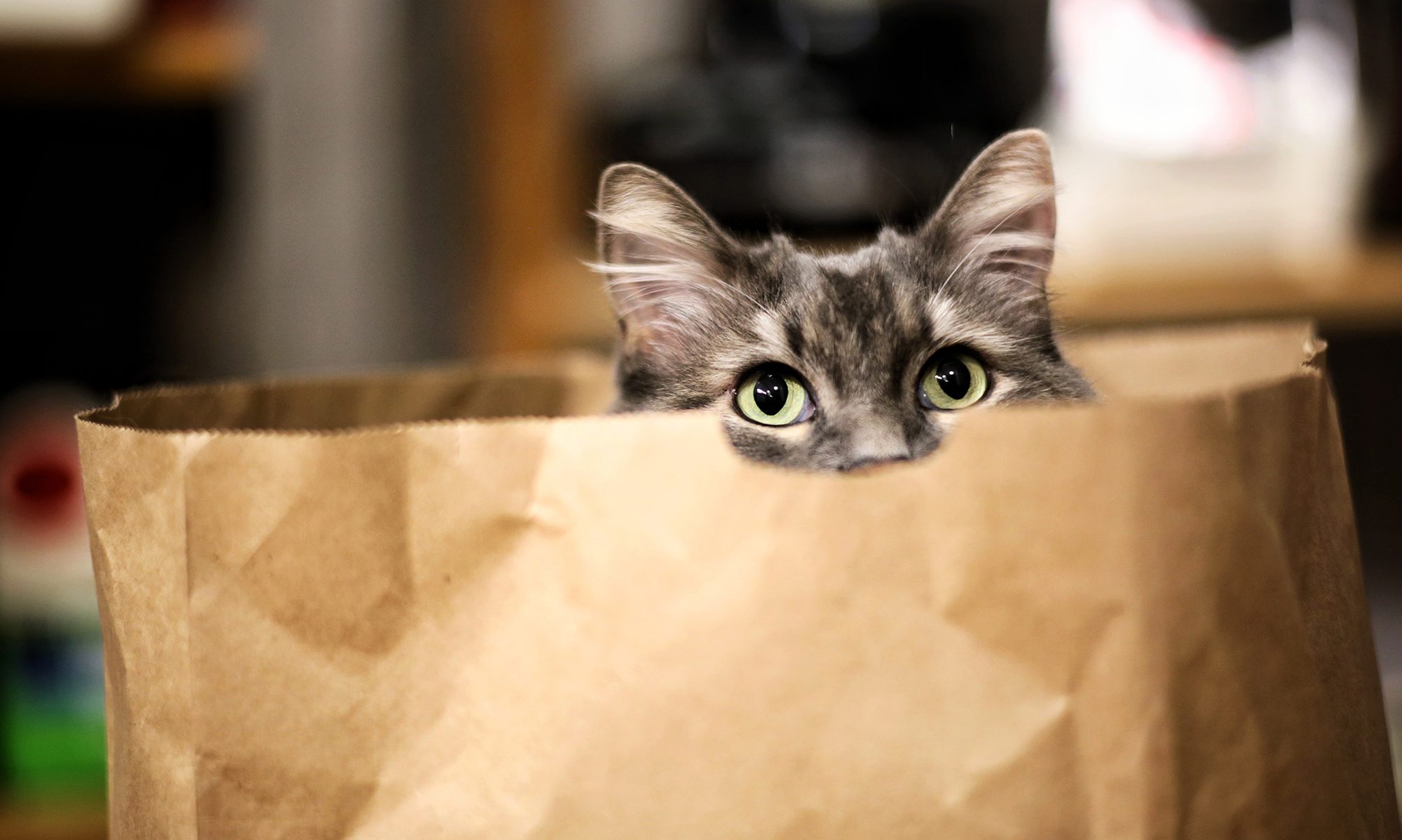Last Updated: June 14, 2018
To be totally honest, I’m terrible about updating this page, and I highly recommend Dr. Lisa Pierson’s home-made cat food recipe, or Anne Jablonski’s recipe on Cat Nutrition. They assuredly keep their site far more up-to-date than this one.
My recipes have varied quite a bit over the years, and I’ve finally settled on one that, based on my calculations, meets or exceeds the requirements for feline maintenance and growth as published by the AAFCO. Here’s what my recipe looks like these days:
Ingredients
- 6 lbs. single-ground rabbit from Wholefoods4pets.com, thawed
- 3 lbs. boneless skinless chicken thigh
- 4.5 lbs. bone-in chicken thigh (+ 0.5 lbs. boneless, skinless chicken thigh if removing skin)
- 12 egg yolks from eggs high in Omega-3 fatty acids (they’re way higher in Vitamin E and D than regular eggs, among other things)
- 1 to 1.5 lb. chicken liver
- 2 to 2.5 lbs. chicken or pork heart
- 6 tablespoons nutritional yeast OR 4 B-50 complex pills
- 1600 IU powdered vitamin E
- 1/4 cup water (or more) to rehydrate the dry ingredients and help ensure even dispersal
Special Equipment
- Grinder capable of grinding chicken thigh bones (I use the Tasin TS-108)
- 8-quart metal bowl
- Large wooden spoon
- Food scale
- At least sixteen 16-oz. containers (I save up the Foster Farms chicken liver containers and reuse them, but the size of your containers and how many you need will depend on how many cats you have and how much they eat per day)
Food Prep Step-by-Step
- If your cats will eat all that chicken skin, great! Keep ’em on. Mine decidedly won’t, so I remove them. I’ve found that this generally removes about a half lb. of weight, so I make up that weight with boneless, skinless chicken thigh.
- Cut the meat off the bone such that the thighs will fit through your meat grinder chute. Grind the chicken thighs + meat with the food grinder. You can cut the meat into chunks if your cats will eat them, or grind them with the grinder if they won’t.
- Cut the liver and hearts into 1/2″ chunks or smaller if your cats will eat them; toss them through the grinder if they won’t. (My cats will eat hearts cut into pieces, but the liver texture weirds them out, so I’ve taken to tossing that through the grinder as well.) Add the organ mix to your ground chicken thigh.
- Make a slurry using the water, egg yolks (if you’re not adding them fresh to each feeding), the yeast/B-vitamins (I like using yeast, personally, because it provides other nutrients and minerals, including potassium), and the vitamin E. Pour over the ground chicken mix.
- Add the ground rabbit, and stir, stir, stir until the ingredients are evenly distributed.
- Turn on the food scale, put an empty container on top, and hit the Tare button to zero it out. Measure out however much food your cat(s) will eat over the course of a day, take the container off the scale, and pop the lid on. Rinse and repeat until all the food is done. My two will eat about a pound of food per day between the two of them; most websites will tell you the average cat will eat four to six ounces per day, but mine have always eaten six to eight instead while remaining a healthy, muscular weight. Beckett will probably eat more once he’s fully grown; all signs point to him being a 15- to 18-lb. cat.
- Freeze your cat food until you’re ready to use.
Feeding Time!
- Depending on how cold your fridge is, put a container of food in the fridge one to two days to fully defrost.
- Divvy up the food for your cat(s) on their individual plates or bowls and serve. If you want to take the chill off, add a teaspoon to a tablespoon of hot water at this stage. I personally don’t bother, because the cold doesn’t seem to bother the cats very much.
- Optional: sprinkle some bonito flakes or other delicious topping your cats love for a special treat! I accidentally bought not one, but TWO giant bags of bonito flakes from Chewy, and, uh, I’m not even halfway through the first bag even after sprinkling flakes on every meal for the last few months.
